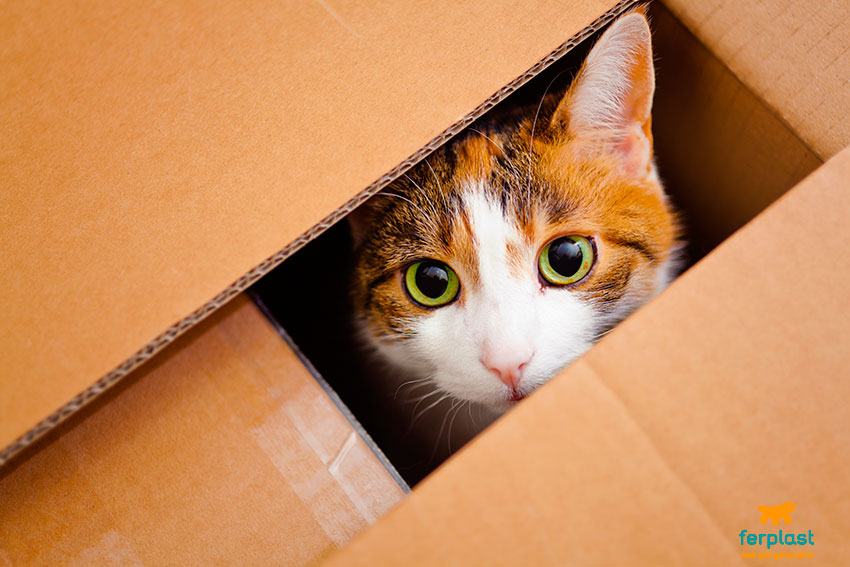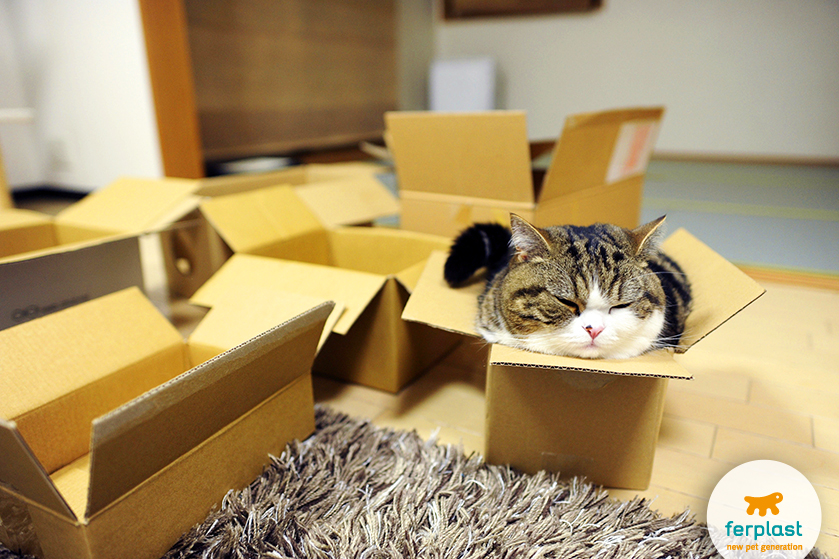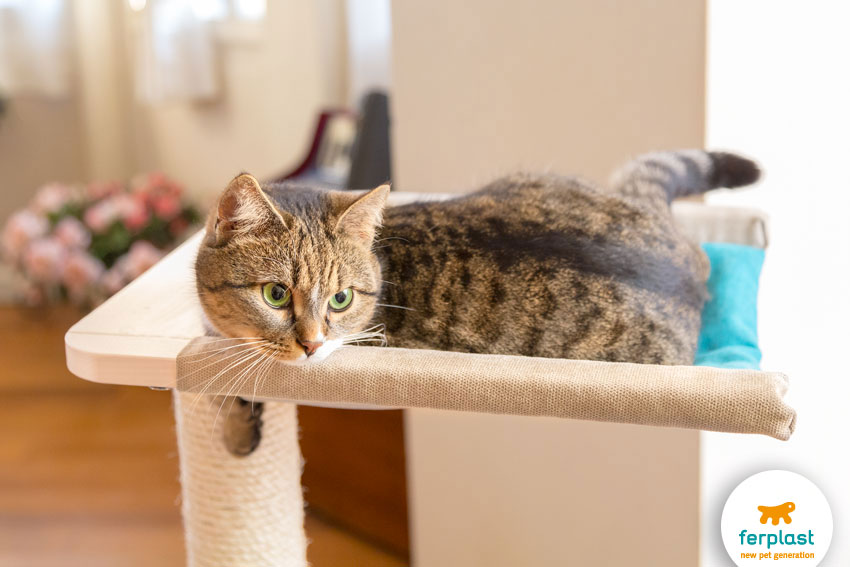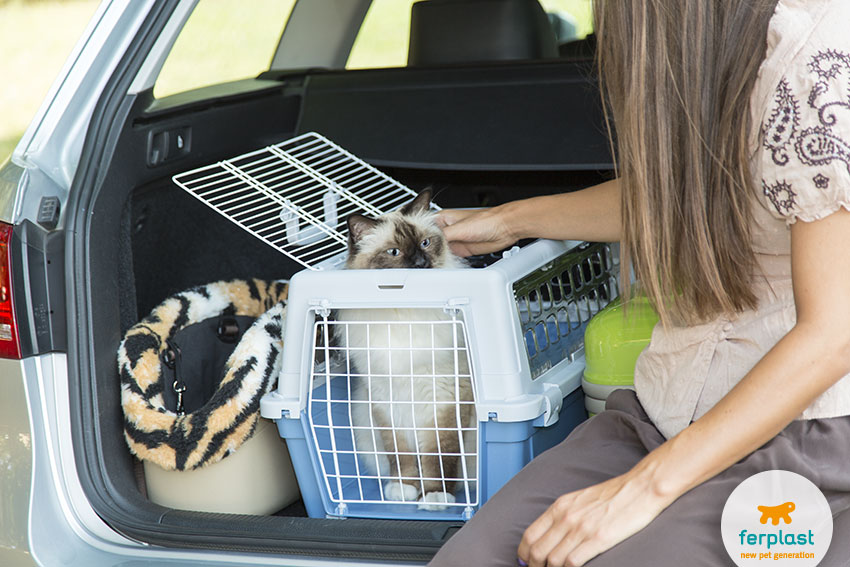Cats are creatures of habit and particularly attached to their territory. They don’t like having their personal space and their habits disturbed, which means that moving a cat from her happy island to a different place deprives her from all her usual reference points. The result can be a significant level of anxiety. What can we do, then, when we need to move?
Moving is a delicate moment for us humans, let alone for a cat, who needs habits and certainties more than pretty much any other pet. There are, however, a few tips to keep in mind to help our feline friend adapt to a new environment.
1) Make it a single trip: taking your cat to the new place before the definitive move doesn’t help in any way whatsoever. Quite the opposite: this will only stress your cat. Stick to a single, well-organised move.
2) Move your cat last, that is, when the new home is ready or there are only a few things left to move. In particular, only move your cat when all work done to the new place is over and there are no more builders or electricians around. Cats can’t stand noise or strangers, and moving your kitten to a place where unknown people are moving around may create a trauma and prevent her from ever adapting to the new home.
3) Set aside a room for your cat. Once in the new home, take your cat to the calmest room (not an isolated one, mind), and make sure she has everything she needs, all of her belongings with their reassuring smells: litter box, bowls, toys, cushion, scratching post… Try to somehow reproduce her previous territory, so she can feel safe. To encourage her to explore her new surroundings, try spreading cat food around the room. Your cat will quickly leave her hiding place, you’ll see.
4) Leave your cat free to get to know the new home gradually: it should be up to her when and how to do it. If you want your cat to accept her new home, she must be free to move around whenever she feels like it, driven by her own instinct and curiosity, without your intervention. When your kitten starts marking your furniture with her little nose, it means she’s getting used to her new surroundings.
During the move itself, make sure your cat travels in her carrier, which must be sturdy, roomy and comfortable, such as Ferplast’s Atlas Trendy. With its plastic-coated steel door with special closing fixtures, it provides absolute safety for your cat’s journey. Its transparent side grids let air through, to ensure proper air circulation inside.
Reducing your cat’s stress during a move is crucial for her well-being. Never force anything, and never rush your cat, as adaptation is a slow, gradual process. And remember that cuddles and caresses are always welcome!




